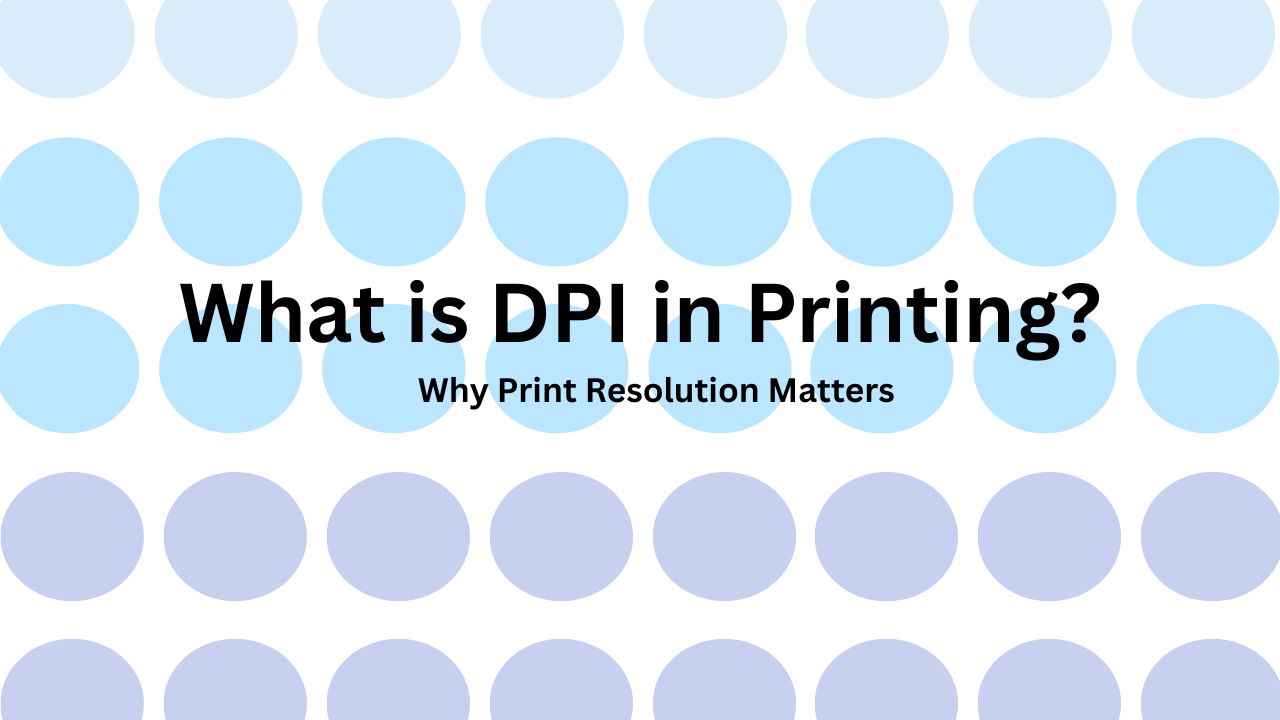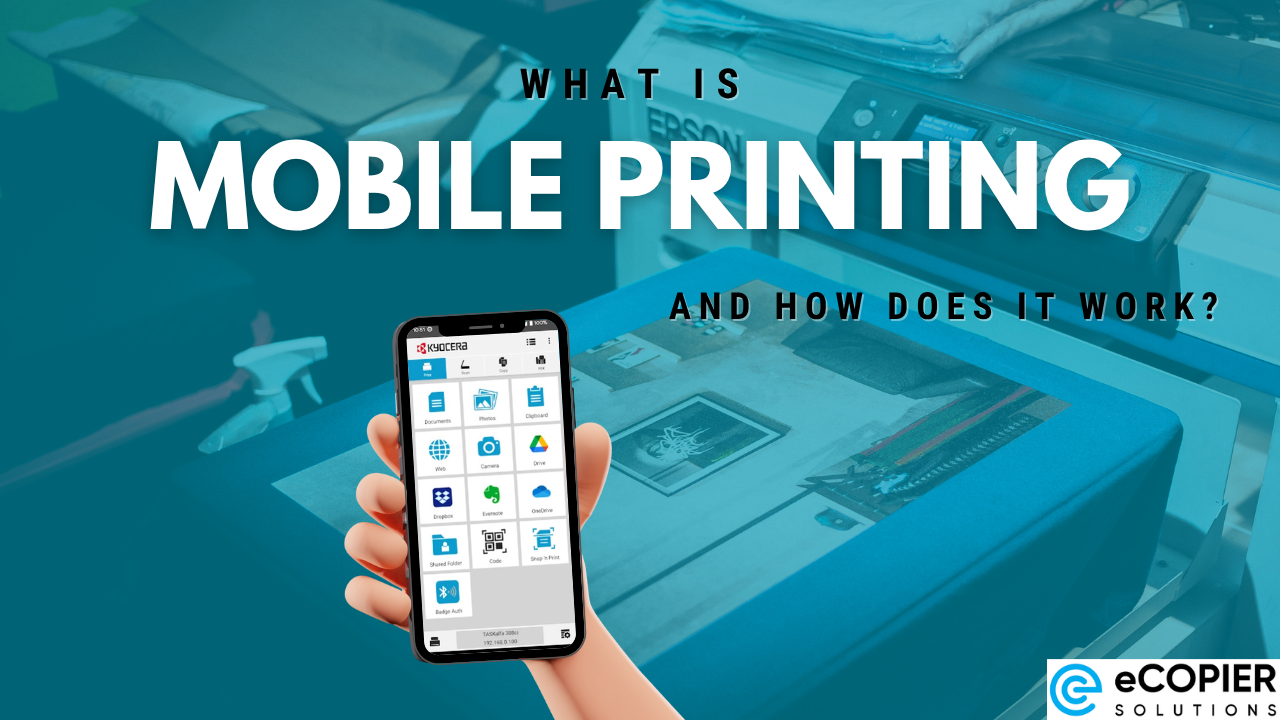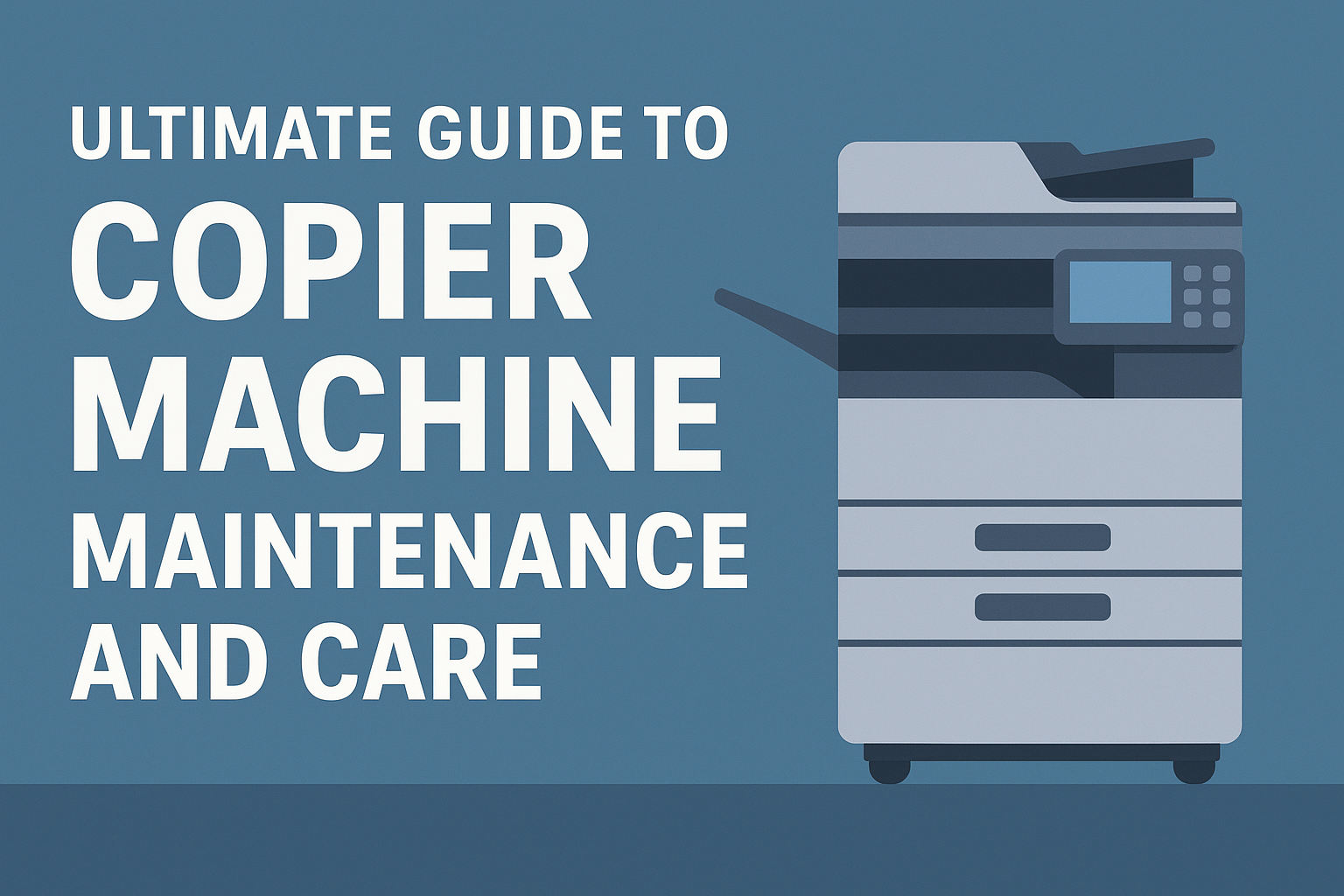Importance of Document Collaboration
In the realm of document collaboration, understanding the significance of working together harmoniously on shared documents is essential for seamless operations within any organization. Delving into the benefits and challenges of enhanced document collaboration sheds light on the critical aspects that drive successful teamwork and productivity.

Benefits of Enhanced Document Collaboration
Enhanced document collaboration not only fosters teamwork but also boosts efficiency and productivity within a workspace. By leveraging the power of collaborative tools and platforms, teams can achieve the following benefits:
Benefits of Enhanced Document Collaboration
Increased efficiency in document creation and editing
Enhanced version control and document tracking
Improved communication among team members
Streamlined workflows and task management
Real-time collaboration for swift decision-making
Secure document storage and accessibility
Challenges in Document Collaboration
While document collaboration offers a myriad of benefits, it also presents its own set of challenges that teams may encounter along the way. These challenges can hinder seamless collaboration and impact productivity if not addressed effectively. Common challenges in document collaboration include:
Challenges in Document Collaboration
Version control issues leading to confusion
Lack of clear communication among team members
Security concerns regarding document access and sharing
Difficulty in integrating multiple file formats
Managing document permissions and access rights
Balancing individual work styles and preferences
Navigating through these challenges while maximizing the benefits of enhanced document collaboration requires proactive measures and strategic approaches to foster a collaborative environment conducive to efficient teamwork and project success.
Establishing a Collaborative Environment
To enhance document collaboration within a team or organization, it is essential to establish a conducive environment that fosters communication, cooperation, and shared goals. Two key components for achieving this are by utilizing cloud-based platforms and setting clear goals and guidelines.
Utilizing Cloud-Based Platforms
Cloud-based platforms offer a secure and efficient way for team members to access, share, and collaborate on documents from any location with an internet connection. By storing documents in the cloud, teams can work on files simultaneously, track changes in real-time, and ensure that everyone is working on the most up-to-date version.
Cloud-based platforms also provide features such as file versioning, access control, and automatic backups, which enhance document security and reduce the risk of data loss. Moreover, these platforms often integrate with other collaboration tools, streamlining workflows and improving overall productivity.
Setting Clear Goals and Guidelines
Clear communication is vital in setting the groundwork for successful document collaboration. Establishing clear goals and guidelines helps team members understand their roles, responsibilities, and deadlines, fostering a sense of accountability and direction.
When setting goals for document collaboration, it is crucial to outline objectives, desired outcomes, and key milestones. This clarity ensures that everyone is aligned on the purpose of the collaboration and the expected results. Additionally, establishing guidelines for document creation, editing, and sharing helps maintain consistency, quality, and efficiency in the collaboration process.
By utilizing cloud-based platforms and establishing clear goals and guidelines, teams can create a collaborative environment that promotes effective document sharing, editing, and collaboration. These foundational elements form the basis for streamlined workflows, improved communication, and enhanced productivity within the team ecosystem.
Communication Strategies
Effective communication is a cornerstone of successful document collaboration. By utilizing the right communication channels and maintaining regular check-ins and updates, teams can ensure that everyone stays informed and aligned throughout the collaboration process.
Effective Communication Channels
Choosing the right communication channels is essential for fostering seamless collaboration. Different channels serve different purposes, and understanding when to use each can significantly enhance team communication. Here are some common communication channels and their optimal uses:

By leveraging a combination of these communication channels based on the nature of the communication, teams can ensure that information flows efficiently and effectively.
Regular Check-Ins and Updates
Regular check-ins and updates are vital for keeping all team members on the same page and ensuring that the document collaboration progresses smoothly. These check-ins can take various forms, such as virtual meetings, project status updates, or shared progress reports.
Establishing a cadence for check-ins helps maintain accountability and allows team members to address any issues or concerns in a timely manner. By setting clear expectations for when updates are required and how progress will be communicated, teams can prevent misunderstandings and delays in the collaboration process.
Encouraging open communication and creating a culture of transparency through regular updates fosters trust and collaboration among team members. By prioritizing effective communication channels and maintaining consistent check-ins, teams can drive better results in their document collaboration efforts.
Streamlining Workflows
In the realm of document collaboration, streamlining workflows is essential to ensure efficiency and productivity. Two key components of optimizing workflows are creating a centralized location for documents and implementing version control mechanisms.
Creating a Centralized Location for Documents
Centralizing documents in one designated location can vastly improve collaboration within teams. By having a single repository where all team members can access, edit, and review documents, the risk of version inconsistencies and miscommunications is significantly reduced. This streamlines the document management process and ensures that everyone is working on the latest, most up-to-date version of the document.
A centralized location also fosters transparency within the team, allowing members to track changes, view document history, and collaborate seamlessly. Here's a simplified representation of the benefits of centralized document storage:
Benefits of Centralized Document Location
Minimizes version control issues
Enhances document accessibility
Facilitates real-time collaboration
Improves document organization
Implementing Version Control
Version control is a critical aspect of document collaboration, especially when multiple team members are involved in editing and contributing to a document. Implementing version control mechanisms ensures that every iteration of the document is saved, tracked, and easily retrievable. This safeguards against accidental deletion or overwriting of critical information and enables team members to revert to previous versions if needed.
Version control not only maintains a clear audit trail of document changes but also promotes accountability and accuracy among team members. Here's a simplified overview of the benefits of implementing version control:
Benefits of Version Control
Tracks document changes
Prevents loss of data
Facilitates collaboration
Ensures document integrity
By establishing a centralized location for documents and incorporating version control practices, teams can streamline their workflows, minimize errors, and enhance overall productivity in the realm of document collaboration.
Leveraging Technology
In the realm of document collaboration, technology plays a pivotal role in enhancing efficiency and productivity. By leveraging the right collaboration tools and incorporating automation into workflows, teams can streamline their collaboration processes and achieve seamless results.
Using Collaboration Tools and Software
Collaboration tools and software are essential components for modern document collaboration. These tools provide a digital platform where team members can work together in real-time, regardless of their physical location. Here are a few examples of commonly used collaboration tools:

By utilizing these collaboration tools, teams can collaborate effectively, track changes, and ensure that everyone is working on the most up-to-date version of documents.
Automation for Seamless Collaboration
Automation plays a vital role in streamlining document collaboration workflows. By automating repetitive tasks and integrating systems, teams can reduce manual errors and save valuable time. Here are some key areas where automation can enhance collaboration:

Implementing automation in document collaboration not only increases efficiency but also minimizes the risk of delays and ensures that processes are executed smoothly. By embracing technology-driven solutions, teams can harness the power of automation to optimize their collaborative efforts and drive results.
Encouraging Team Engagement
In the realm of document collaboration, team engagement plays a pivotal role in the success of collaborative efforts. Fostering a culture of collaboration within your team can significantly enhance document sharing and editing processes. Let's explore two key strategies for boosting team engagement in document collaboration, along with practical implementation tips and real-world benefits.
Promoting a Culture of Collaboration
Promoting a culture of collaboration within your team is essential for seamless document sharing and editing. Encourage team members to actively participate in collaborative tasks and emphasize the importance of working together towards a common goal. By fostering an environment where sharing ideas and feedback is valued, you can create a collaborative culture that enhances productivity and creativity.
To promote collaboration, consider organizing team-building activities, brainstorming sessions, and collaborative projects that require team members to work together towards a shared objective. Emphasize the importance of open communication and mutual respect to create a supportive and inclusive environment that encourages collaboration at all levels.
Regular check-ins and feedback sessions can help maintain momentum and ensure everyone stays aligned with project goals. Consider implementing collaborative tools and platforms that make it easy for team members to share documents, provide feedback, and track changes in real-time. This technological infrastructure can significantly enhance the collaborative experience and make it more efficient for everyone involved.
Recognizing and Rewarding Collaborative Efforts
Recognizing and rewarding collaborative efforts can motivate team members to actively engage in document collaboration tasks. Acknowledge and celebrate team members who actively participate in collaborative projects, share valuable insights, and contribute to the overall success of the team. Publicly recognizing their contributions can boost morale and encourage a sense of accomplishment among team members.
Consider implementing a reward system to incentivize collaborative behavior, such as peer recognition programs, team-based incentives, or performance bonuses for exceptional collaborative efforts. Acknowledge the importance of teamwork and collaboration in achieving organizational goals and establish a culture where collaborative achievements are celebrated and rewarded.
Measuring and Tracking Collaboration Success
To ensure the effectiveness of your team engagement initiatives, it's crucial to establish metrics for measuring collaboration success. Track key performance indicators such as participation rates, document completion times, and team satisfaction levels. Regular surveys and feedback sessions can provide valuable insights into the effectiveness of your collaboration strategies and help identify areas for improvement.
Implementing analytics tools can help you gather concrete data about collaboration patterns, document usage, and team interactions. This data-driven approach allows you to make informed decisions about improving your collaboration processes and identifying bottlenecks or challenges that need to be addressed.
Building Long-term Collaborative Relationships
Successful team engagement isn't just about short-term wins; it's about building lasting collaborative relationships within your team. Encourage mentorship opportunities, cross-functional projects, and knowledge sharing sessions that help team members develop stronger working relationships. These connections can lead to more effective collaboration and better outcomes in future projects.
Leveraging Technology for Enhanced Collaboration
In today's digital workplace, technology plays a crucial role in facilitating effective collaboration. Invest in robust collaboration tools that support real-time document editing, version control, and seamless communication. Consider implementing project management software, document sharing platforms, and communication tools that integrate well with your existing workflows.
Train team members on how to effectively use these tools and establish clear guidelines for their use. Regular training sessions and updates can help ensure everyone is comfortable with the technology and can maximize its potential for collaborative work.
Addressing Collaboration Challenges
Even with the best strategies in place, teams may encounter challenges in their collaborative efforts. Common obstacles include time zone differences, communication barriers, and resistance to change. Address these challenges proactively by:
- Establishing clear communication protocols
- Creating flexible scheduling options for global teams
- Providing adequate training and support
- Addressing concerns and feedback promptly
- Maintaining open channels for dialogue and discussion
By promoting a culture of collaboration and recognizing the collaborative efforts of team members, you can create a dynamic and engaging environment where document collaboration thrives. Encouraging team engagement through collaboration can lead to improved communication, increased productivity, and enhanced overall performance in collaborative document projects. Remember that building a collaborative culture is an ongoing process that requires consistent effort and attention, but the benefits to team morale, productivity, and project outcomes make it well worth the investment.
The success of your collaboration initiatives ultimately depends on your team's commitment to working together and supporting one another. By implementing these strategies and maintaining a focus on continuous improvement, you can create a thriving collaborative environment that drives success and innovation in your organization.
https://www.archbee.com/blog/document-collaboration-tips
https://www.meganstrant.com/6-tips-for-better-document-collaboration/





.jpg)

























